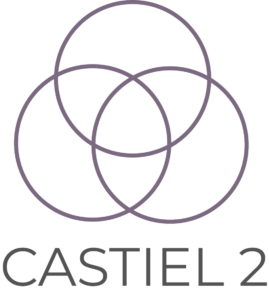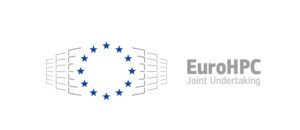AiiDA plugin registry
Registered plugin packages: 67Calculations: 109 plugins in 46 packages
Parsers: 94 plugins in 47 packages
Data: 82 plugins in 23 packages
Workflows: 134 plugins in 32 packages
Console scripts: 19 plugins in 14 packages
Other: 94 plugins in 24 packages
https://aiidateam.github.io/aiida-registry/
CoE: MaX



